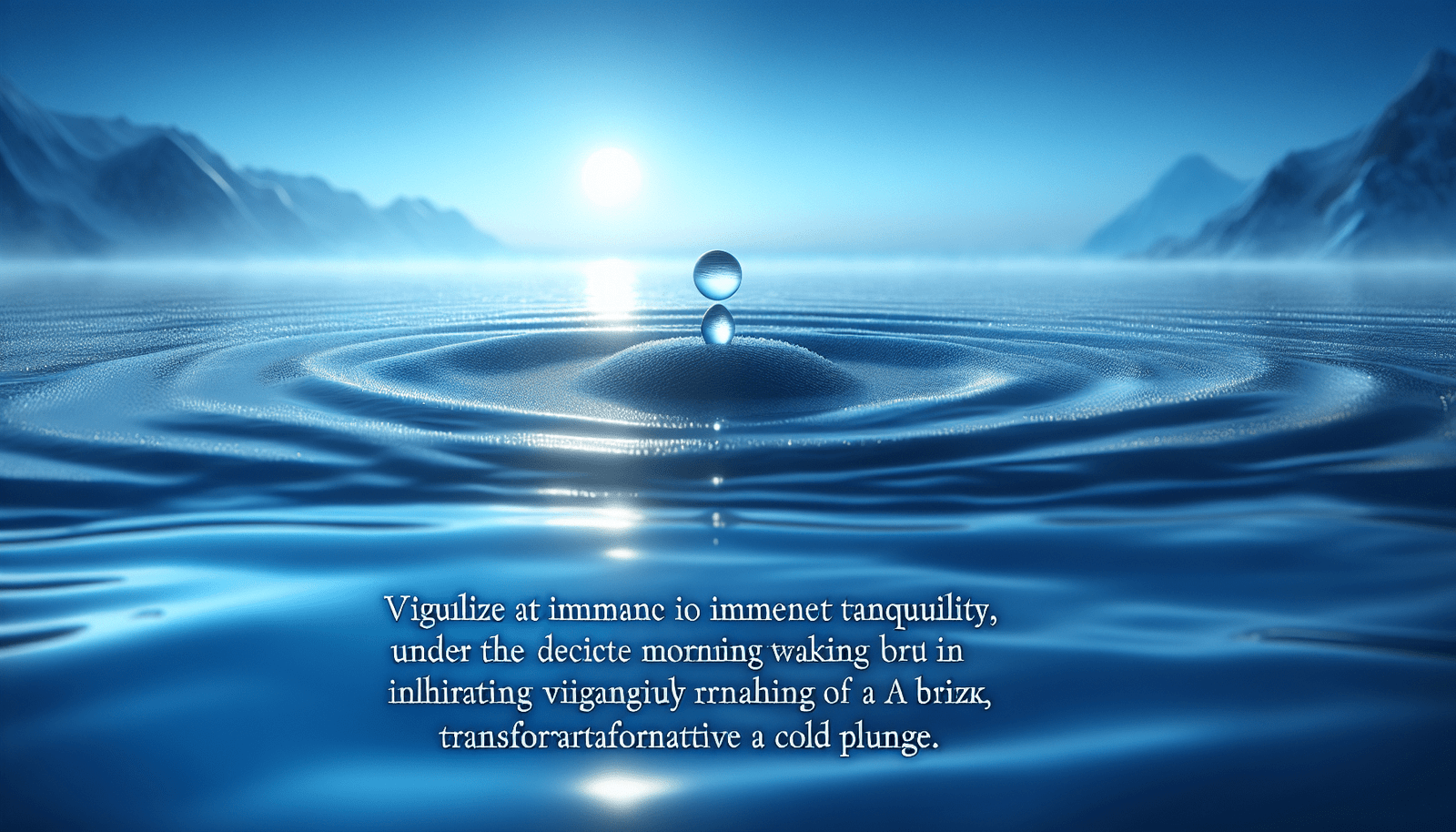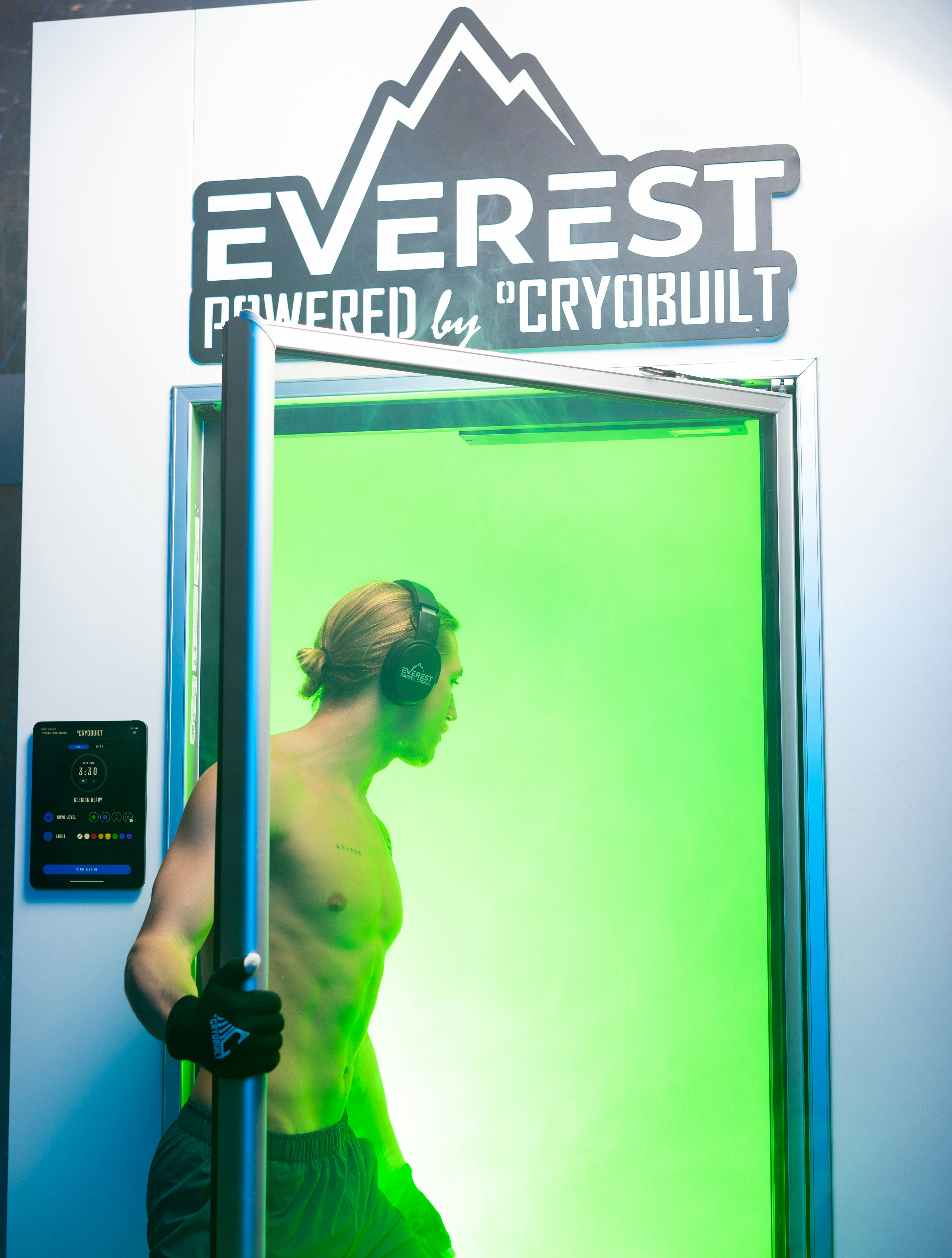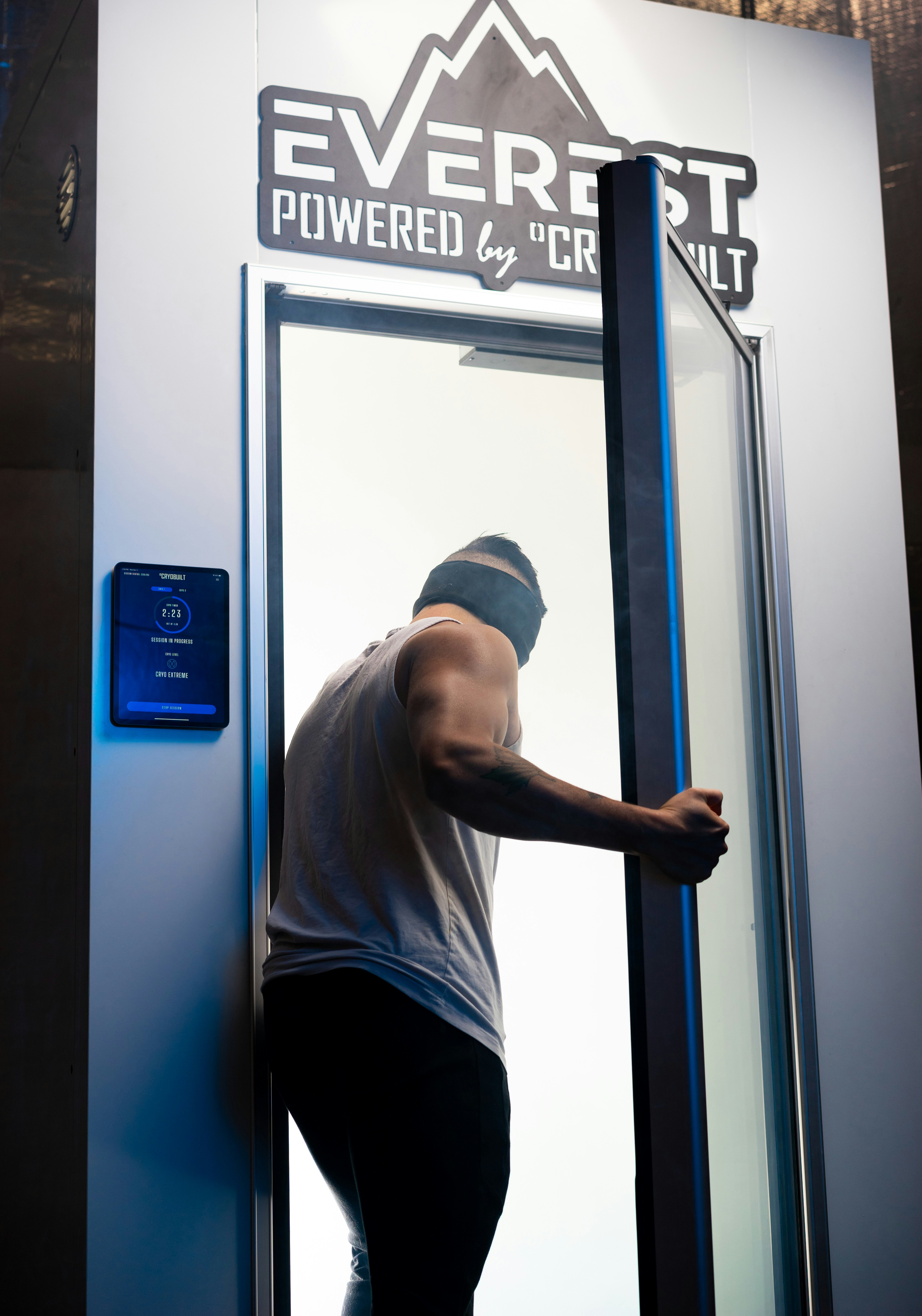Have you ever found yourself struggling to concentrate, feeling as though a fog has settled over your mind, making it difficult to focus on even the simplest tasks? Striking a balance between life’s demands and maintaining mental clarity can often seem elusive. Here’s a refreshing approach that might surprise you in its simplicity and effectiveness — Cold Plunge Therapy.
Understanding Cold Plunge Therapy
Cold Plunge Therapy, often known as cold water immersion, involves immersing your body in very cold water for a short period. This practice, touted for its invigorating effects, is part of a broader spectrum of treatments known as hydrotherapy.
The Origin and Science Behind Cold Plunge Therapy
Historically, people have relied on cold water for healing for centuries. From the frigid baths of ancient Rome to the Finnish tradition of ice swimming, cultures worldwide have long acknowledged the potential benefits of cold exposure.
The principle behind Cold Plunge Therapy is simple: immersing yourself in cold water constricts blood vessels and decreases metabolic activities, which in turn reduces inflammation and enhances overall circulation once you return to a warmer environment. This process is thought to reboot the system, providing a rush of alertness.
The Mechanism: How Cold Exposure Works on the Body
When you enter cold water, your body’s sympathetic nervous system – the part responsible for our fight-or-flight response – kicks into high gear. This increase in sympathetic activity elevates heart rate and releases endorphins, which are known to improve mood, alertness, and energy. Let’s delve deeper into how these physiological processes impact cognitive function and clarity.
Boosting Focus Through Cold Plunge Therapy
Wondering how a simple plunge can sharpen your mind? It’s all about the body’s remarkable response to stress and adaptation.
Stress Response and Adrenaline Rush
Immersing yourself in cold water is a brief but intense physical stressor. Your body responds by boosting the release of norepinephrine, a hormone, and neurotransmitter that plays a crucial role in vigilance and concentration.
Consider this: the sudden drop in temperature signals your brain to increase alertness and focus quickly. This can be particularly beneficial if you’re tackling a project that requires undivided attention or if you need a mid-day pick-me-up to regain mental momentum.
Endorphin Rush and Mood Enhancement
One delightful side effect of Cold Plunge Therapy is the endorphin rush. These feel-good hormones heighten your mood, enhancing motivation and focus. The surge of endorphins can result in a natural high that fosters a sense of clarity and enthusiasm for the tasks at hand.
Improved Sleep Patterns
Sleep is essential for maintaining high levels of focus and cognitive function. Regular cold exposure can reset your body’s circadian rhythm, promoting better sleep quality. A good night’s sleep leads to improved attention and lighter mental processing, making it an indirect yet powerful tool for cognitive enhancement.
Cognitive Clarity: Unraveling the Fog
Clarity of thought isn’t just about focus; it’s the ability to think, understand, and concentrate without the hindrance of cognitive fog.
Brain Function and Neuroplasticity
Exposure to cold water may kickstart neuroplasticity — the brain’s ability to adapt and grow. This phenomenon maintains cognitive faculties, improves learning capabilities, and paves the way for clearer thinking.
The Dopamine Connection
Cold exposure also influences dopamine release, a neurotransmitter linked to motivation and focus. Higher dopamine levels can improve mood and energy, reinforcing the clarity and sharpness needed for complex cognitive tasks.
Reducing Inflammation and Oxidative Stress
Cold Plunge Therapy might lower inflammation and reduce oxidative stress, which can often cloud cognitive function. Individuals who incorporate cold immersion into their lives may experience improved mental acuity and less cognitive fatigue.
Practical Steps to Begin Cold Plunge Therapy
Feeling ready to take the plunge? It’s important to start gradually and with care to ensure the experience is both beneficial and enjoyable.
Preparing for Your First Cold Plunge
Before you take the dive into cold water, gradually acclimate your body. Start with cold showers to build up your tolerance. Reduce the water temperature slightly each day, giving your body a chance to adjust, helping to minimize initial shock when you transition to full cold immersion.
Guidelines for Effective Cold Plunge Therapy
- Start Small: Begin with shorter immersion times, such as 30 seconds to one minute, and gradually increase as your body becomes more accustomed.
- Control Breathing: Focus on steady and controlled breathing to manage the shock and ensure oxygen flows calmly throughout your body.
- Monitor Temperature: Ensure water temperature is between 50 to 59 degrees Fahrenheit (10 to 15 degrees Celsius) to achieve optimal benefits.
- Listen to Your Body: Pay attention to how your body responds to cold exposure and adjust the duration to prevent discomfort or overexertion.
Creating a Routine
Consistency is key in reaping the benefits of Cold Plunge Therapy. Whether you choose to dip a few times a week or daily, maintaining a routine can help you achieve the desired focus and cognitive clarity over time.
Addressing Common Concerns and Misconceptions
Is Cold Plunge Therapy Safe for Everyone?
Most people can safely indulge in Cold Plunge Therapy, but certain conditions, like cardiovascular issues, might require medical supervision. Always consult with a healthcare professional if you have underlying health concerns.
Debunking Myths: The Cold and Illness
A common misconception is that exposure to cold causes illness. On the contrary, regular cold immersion might boost immunity by stimulating the production of white blood cells. Instead of causing colds, this practice could actually serve as a protective measure.
Psychological Barriers
The initial shock of cold water is often the biggest hurdle. However, overcoming this discomfort can be empowering, contributing positively to mental discipline and resilience, both of which enhance cognitive clarity and focus.
The Broader Benefits Beyond Clarity
While enhancing focus and cognitive clarity might be your primary goal, Cold Plunge Therapy offers far-reaching benefits that extend beyond mental acuity.
Enhanced Physical Recovery
Athletes and fitness enthusiasts have long used cold immersion to alleviate muscular tension and expedite recovery. The improved circulation and reduced inflammation aid quicker healing, which can indirectly sustain cognitive performance by maintaining physical well-being.
Emotional Resilience and Stress Management
Cold plunges can build emotional resilience by teaching you how to cope better with stress. The calming effect post-immersion can help manage anxiety and depression by fostering a relaxed yet alert mental state.
Building a Healthy Habit
Incorporating Cold Plunge Therapy into a broader self-care routine might inspire other healthy lifestyle choices, like regular exercise and a balanced diet, further contributing to cognitive and overall wellness.

Embracing the Cold: Changes You Might Notice
Over time, consistent practice may lead to significant improvements in both mental and physical domains.
Short-Term and Immediate Effects
After a cold plunge, you may find yourself alert and focused, with a heightened sense of energy. It’s a quick transformation from tired and listless to sharp and ready to tackle challenges head-on.
Long-Term Benefits
Regular practitioners report sustained improvements in concentration and cognitive clarity, coupled with enhanced physical vitality. The cumulative effect of these short-term benefits could lead to lasting changes in lifestyle and productivity.
Conclusion: A New Perspective on Mind Clarity
In a world brimming with distractions, maintaining focus and cognitive clarity is invaluable. While Cold Plunge Therapy may seem like a radical approach, the potential benefits it offers are rooted in scientific principles and myriad historical accounts of its effectiveness. By integrating this practice into your routine, you may find yourself at the threshold of a new frontier in personal and professional accomplishments, armed with a sharper mind and a more resilient spirit.
As you ponder whether to incorporate this invigorating therapy into your life, consider starting small, being consistent, and observing how the cool embrace of water might just wash away cognitive fog, leaving you refreshed and renewed.





